Scotland's Pompeii: the mystifying story of Skara Brae
The story of Skara Brae
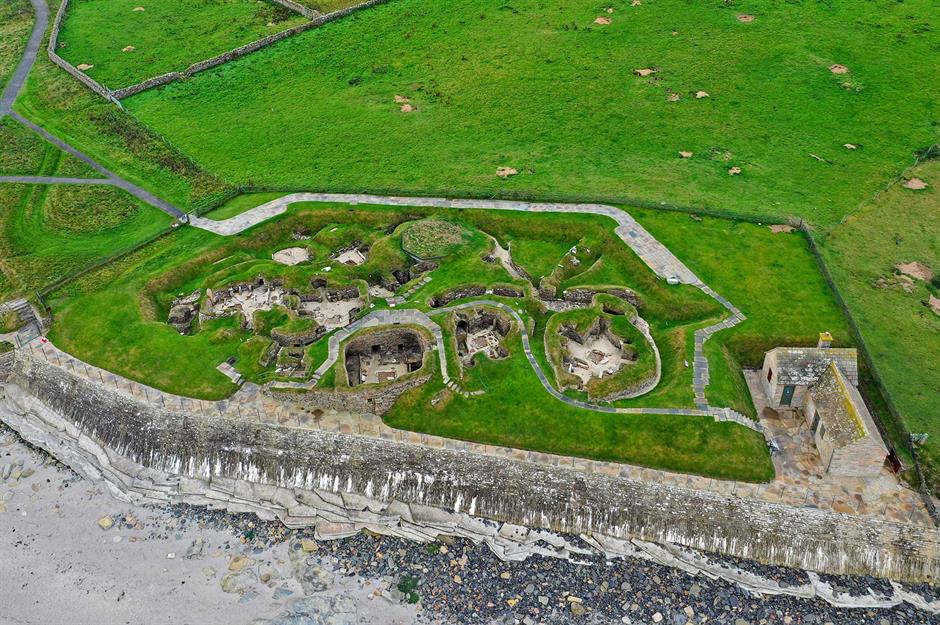
Older than Stonehenge and the Pyramids of Giza, Skara Brae is considered the best-preserved Neolithic (late Stone Age) village in northern Europe. This 5,000-year-old ancient site remained untouched and buried beneath the ground for millennia, until a brutal storm in 1850 finally exposed the site. We dig into the incredible story of Skara Brae, from the houses you can still visit to the relics that reveal what life here was really like.
It was discovered in 1850
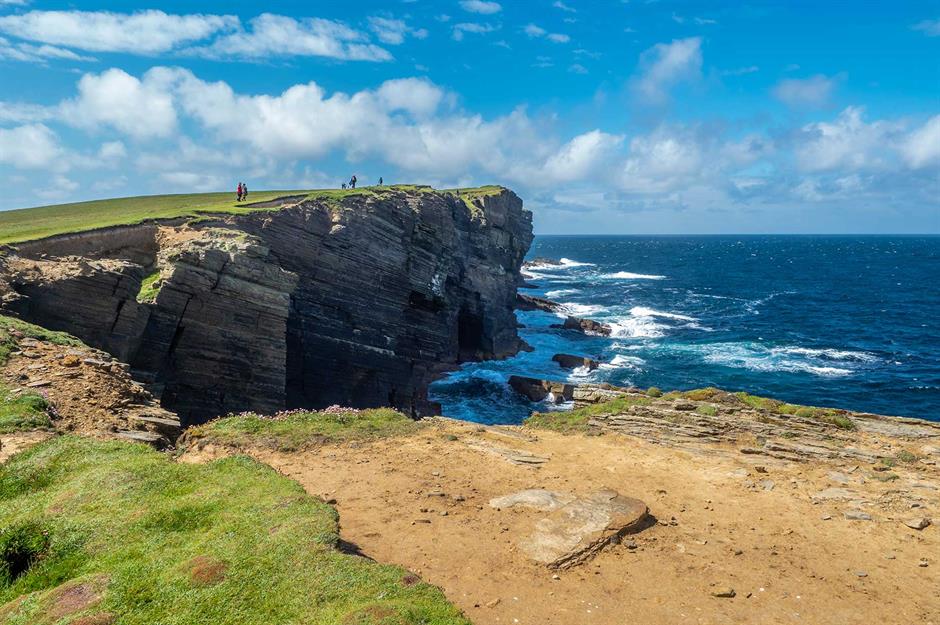
On the Orkney island of Stromness, close to the Loch of Skaill, there was once a high dune called Skara Brae. Unsuspecting and unassuming, the mound blended in with the rest of the rugged, green landscape until the winter of 1850, when a terrifying storm ripped away the top of the sandy turf. Locals were astonished at what had been exposed: a cluster of old, roofless houses.
Love this? Follow our Facebook page for more travel inspiration
Experts were left scratching their heads
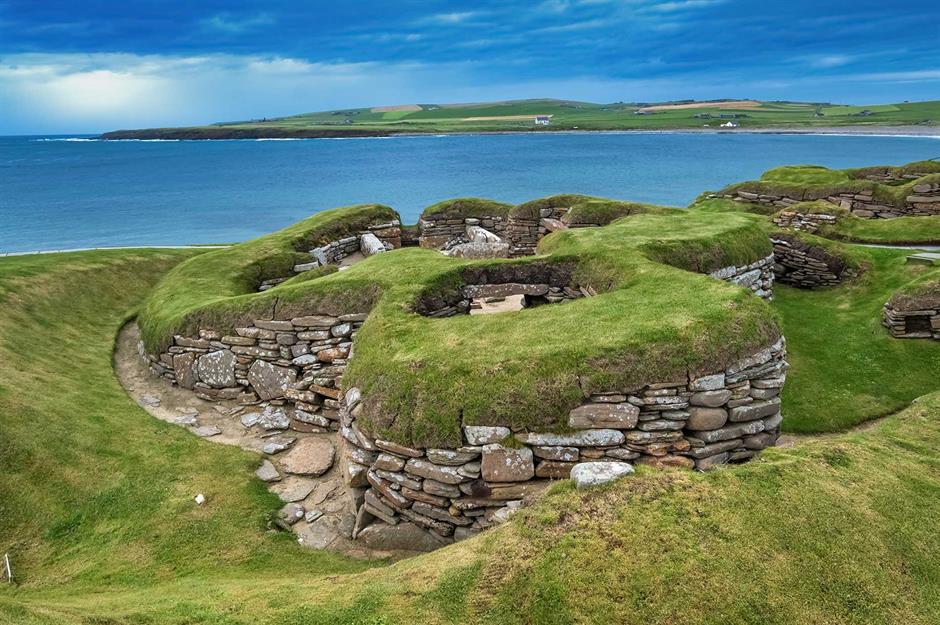
Initial excavations uncovered four structures and a hoard of relics, but the mysterious site remained largely untouched until another storm hit the same area in the mid-1920s. To prevent further damage to the site, a protective sea wall was quickly constructed. Between 1927 and 1930 a further series of excavations took place, and the discovery of carved stone balls led contemporary experts to believe that the site was from the Iron Age.
Taking notes proved important

William Watt, a local laird (landowner) who lived in nearby Skaill House, was the first to excavate Skara Brae after the storm in 1850, but we wouldn't have any documentation at all if it wasn't for antiquarian George Petrie, who worked on the site in the 1860s. It was thanks to Petrie's sketches that modern scholars were able to identify a carved whalebone figurine dubbed 'Skara Brae Buddo', which was rediscovered in a box at Stromness Museum in 2016. Pictured here is the site map of Professor Gordon Childe – the leader of the 1927 excavations – which was first published in Ancient Dwellings at Skara Brae (dubbed the 'first official guidebook') in 1933.
The site was even older than people realised
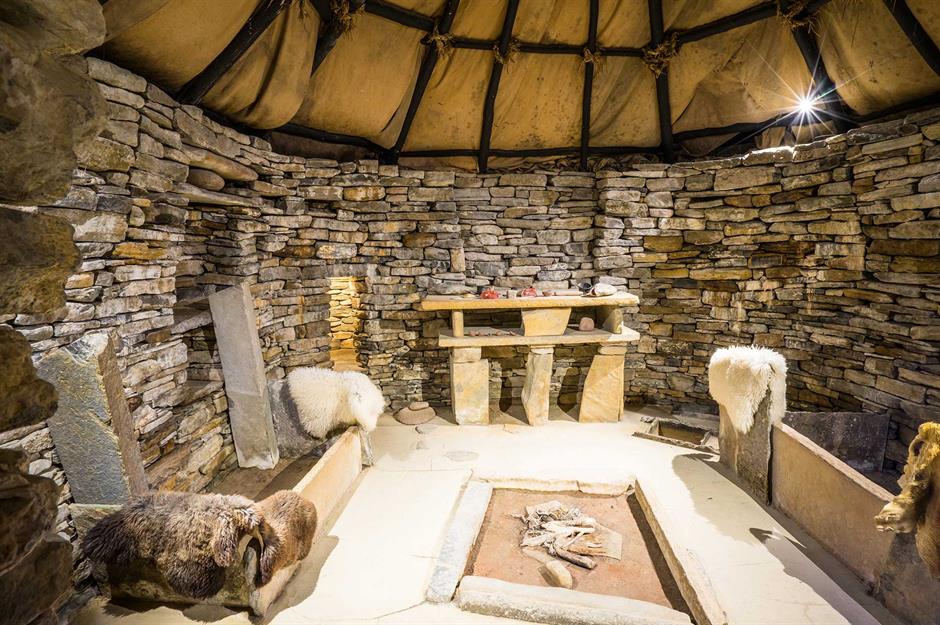
It wasn’t until the 1970s that experts realised Skara Brae was much older than originally thought. The development of radiocarbon dating allowed them to pinpoint Skara Brae's construction to approximately 3180 BC, placing it at the end of the Stone Age and finally recognising it as a Neolithic site. Pictured here is a reconstructed Stone Age house, just outside the Skara Brae visitor centre.
What does Skara Brae mean?
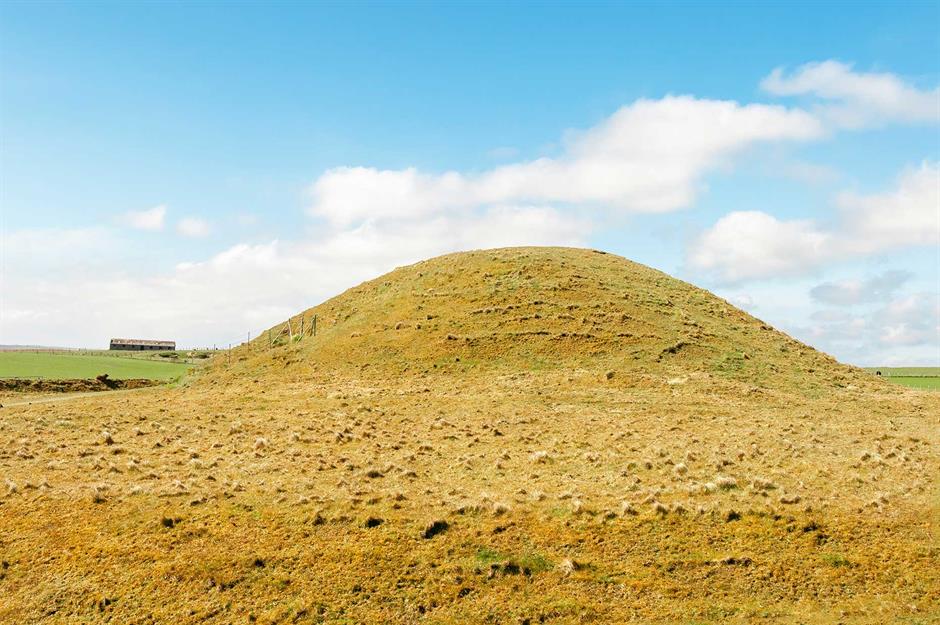
The name Skara Brae comes from Skerrabrae (or Skerrabra), a blend of Old Norse and Scots languages. ‘Brae’ means hill in Scots while ‘Sker’ is a little less obvious – it apparently means 'reef' in Old Norse. One plausible explanation is that the Orkneys were part of Norway until 1472, and there's still a large rocky skerry (reef) at the southern end of the Bay of Skaill. We don’t, however, know what the Neolithic people themselves called their village.
How was Skara Brae built?
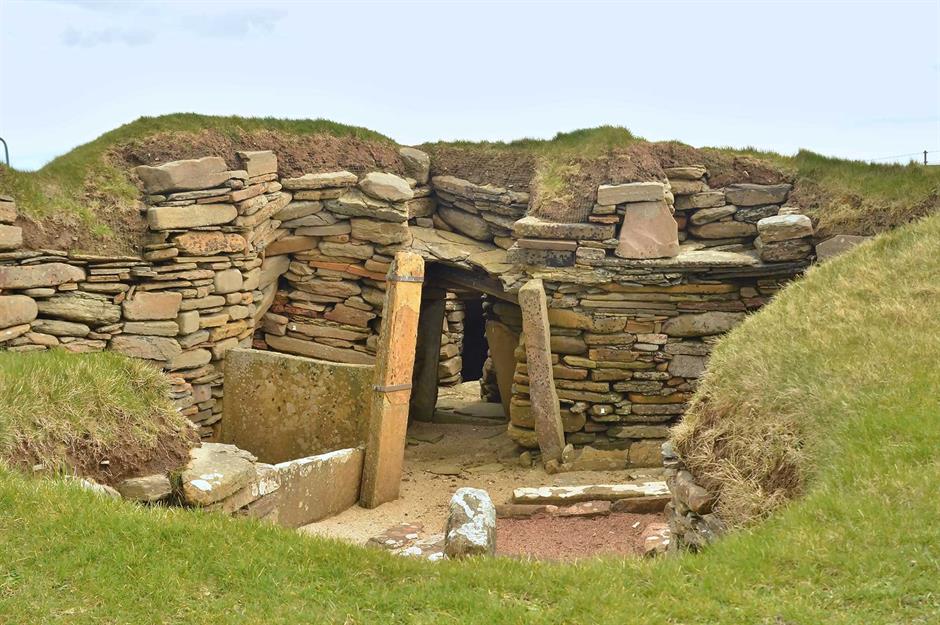
Skara Brae’s houses were primarily built of closely-fitted flat stone slabs, set into pre-existing mounds of midden (household rubbish). There’s nowhere else in northern Europe that shows how our distant ancestors lived in such detail.
The houses were connected
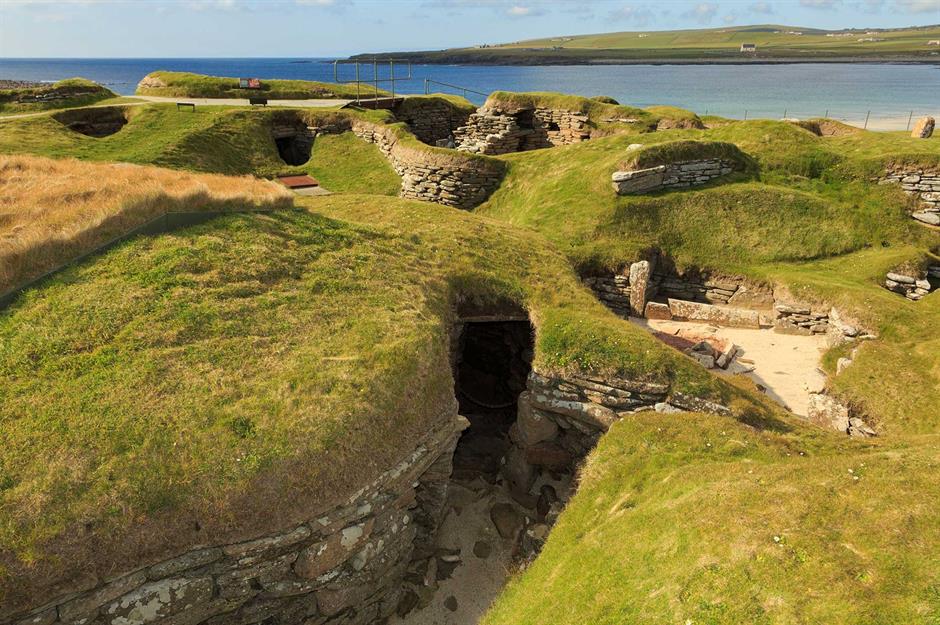
Archaeologists noticed a recurring theme: each house consisted of a large square room around 430 square feet (40sqm) with a central hearth for heating and cooking, and they were all linked by covered passages. They were fitted with stone-built furniture including a dresser (where valuable items were stored), two ‘box’ beds on either side of the wall and a small tank set into the floor, possibly for preparing fish bait.
Skara Brae followed Neolithic patterns
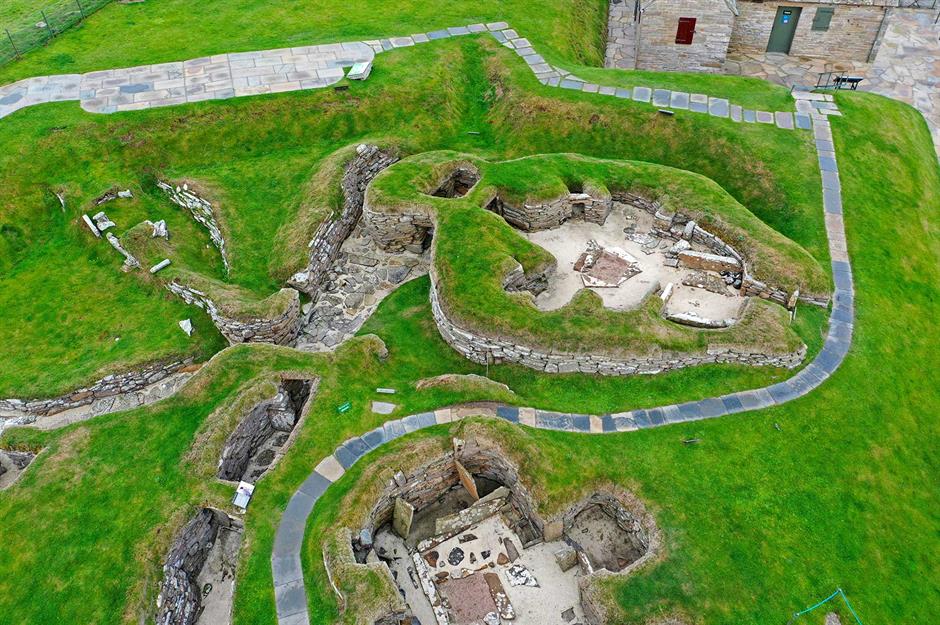
Neolithic settlements on the Orkney Islands tended to follow a similar pattern of being built, inhabited, abandoned and then rebuilt, usually on the same site. Skara Brae stayed true to this schedule, and you can see evidence of the earlier houses – which were rounder in shape – on the periphery of the site.
What were Skara Brae's roofs made of?

Today, the houses at Skara Brae do not have roofs. Of course, they were there once – we just don't know what they were made of, as nothing of them survived. Experts guess that Skara Brae's inhabitants may have used timber, whalebone, turf (with supporting beams), skins, straw or thatched seaweed. Pictured here are the reconstructed Neolithic houses at Stonehenge, which Skara Brae might have resembled.
Who were the Grooved Ware people?
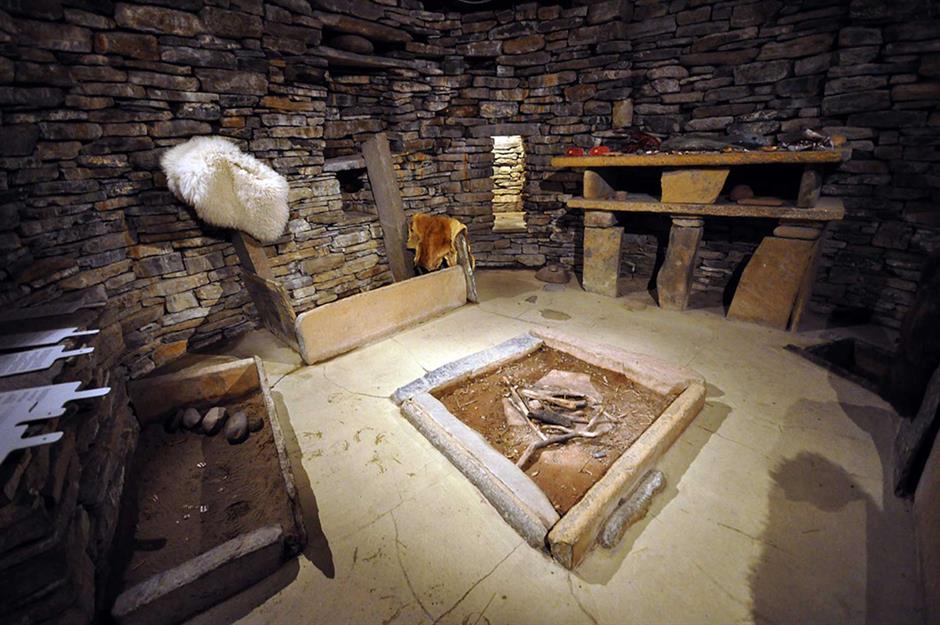
Some 50 to 100 people lived at Skara Brae and they were known as the 'Grooved Ware' people, because of the style of pottery they created. The style first developed in Orkney during the Late Neolithic period, but gradually spread to the rest of the British Isles. The items found at Skara Brae were both functional and ritual, from simple storage containers to pots serving ceremonial purposes.
What did they do?
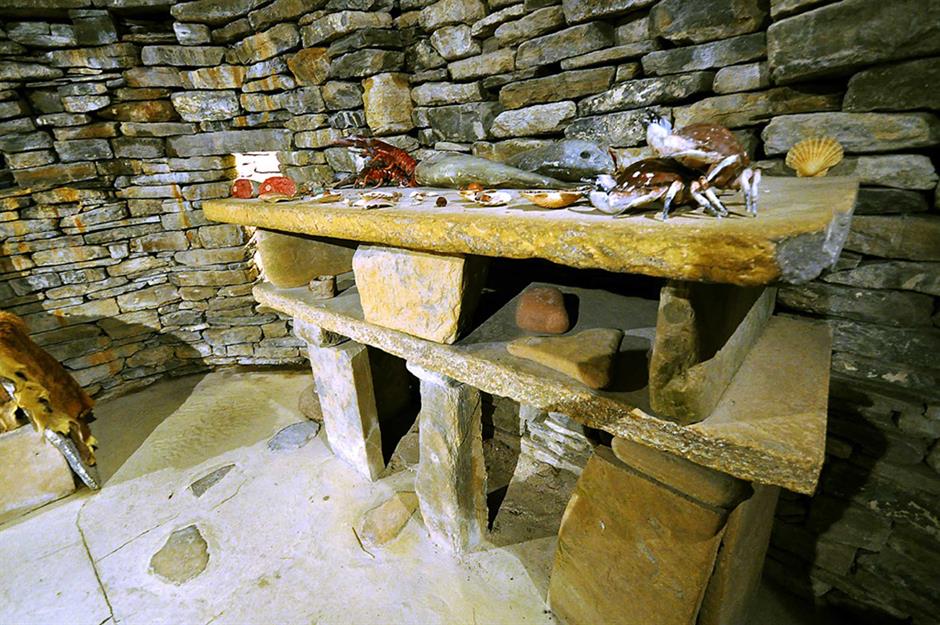
The residents of Skara Brae were sustenance farmers, hunters and fishermen who produced sophisticated items using basic tools made from stone, wood and bone. Pictured here are examples of the type of fish and seafood they might have eaten.
Bone pins from Skara Brae
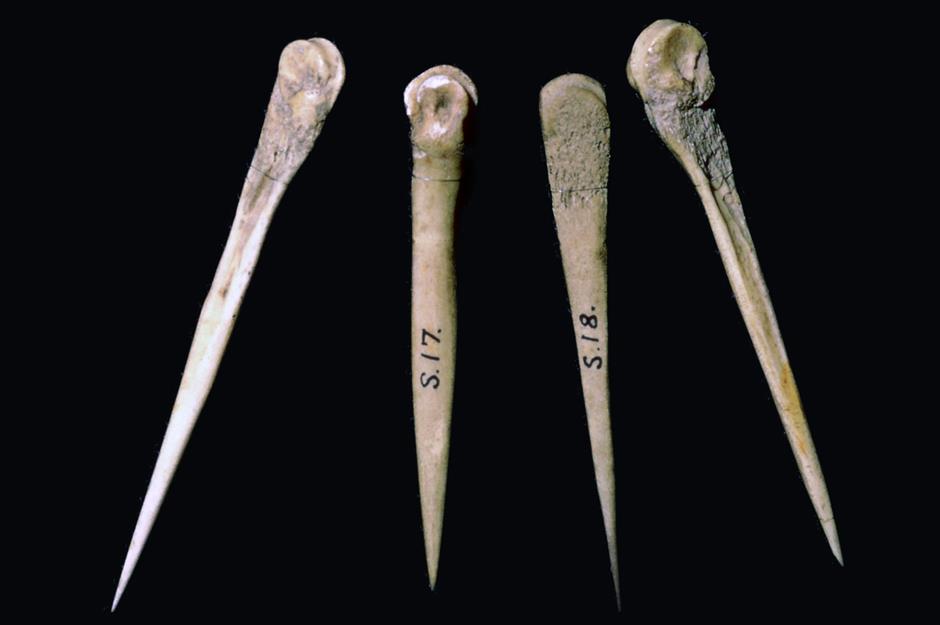
Among the excavated items were these walrus ivory pins. The plethora of domestic items discovered helped archaeologists deduce that Skara Brae was probably a peaceful community. This theory was supported by the lack of weapons found at the site, plus Skara Brae's location on a difficult-to-defend, exposed bay.
Jewellery from Skara Brae
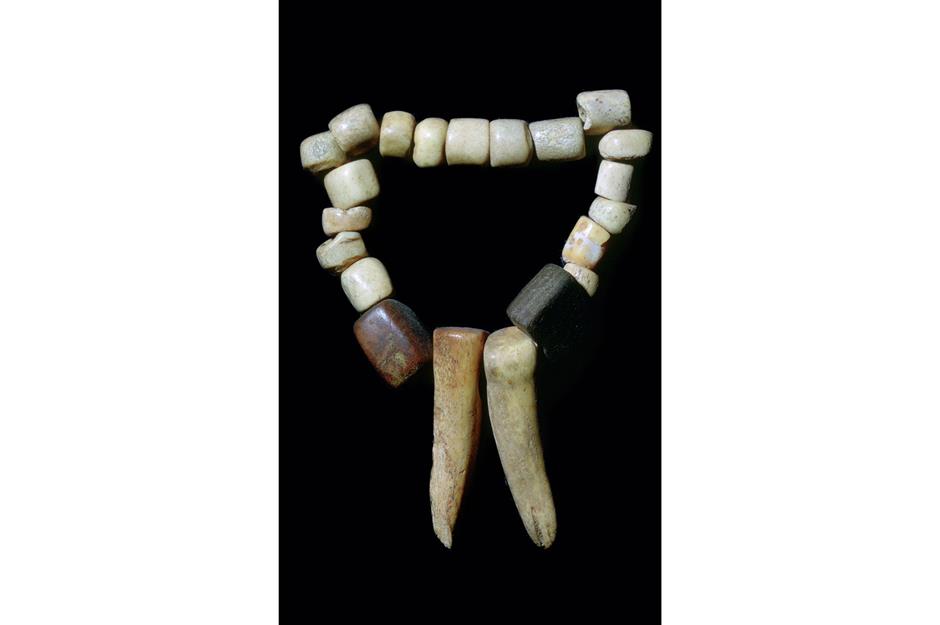
Thousands of decorative beads were also recovered from the site, threaded to be worn as necklaces. These high-status items were mostly made from bone and ivory beads with tusk pendants, and date to between 3100 and 2500 BC. Other household items included gaming dice, pendants, knives and hand tools.
These are the world's best Viking attractions you can see today
Did Skara Brae invent the toilet?
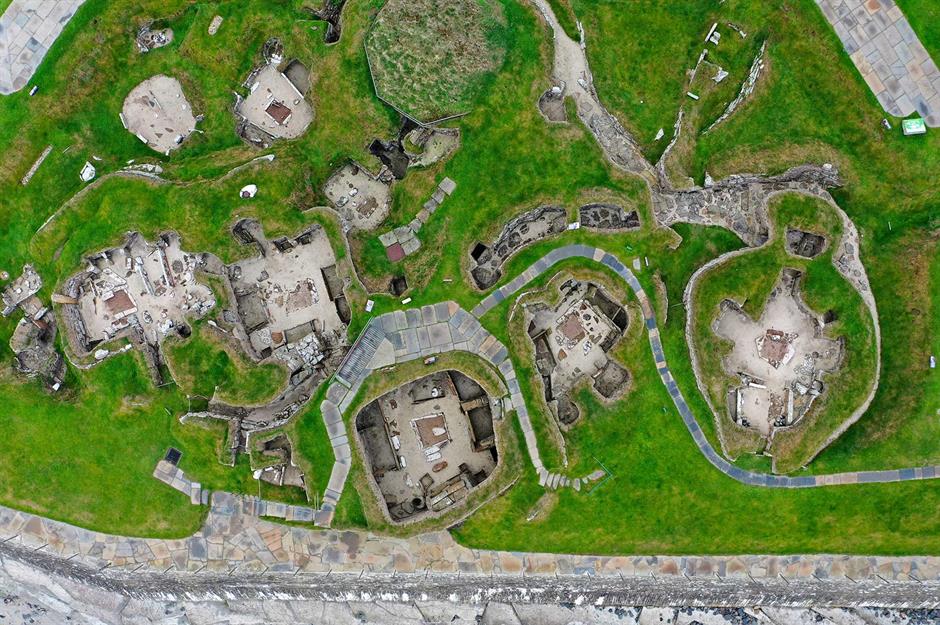
There's evidence that Skara Brae's stone huts were fitted with drains, which may have been used as toilets. The ancient villagers appear to have used a basic sewer system where waste was flushed into channels using pots of water, and then drained into the ocean. The author of Invented In Scotland, Allan Burnett, argues that Skara Brae lays claim to the world's first indoor toilet.
Why is Skara Brae called the 'Scottish Pompeii'?
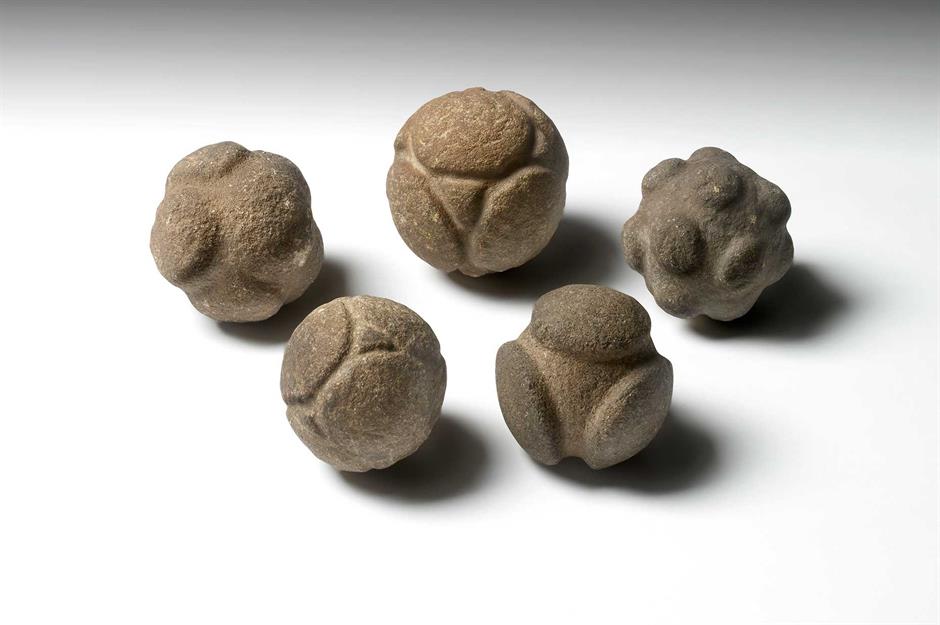
Skara Brae's well-preserved artefacts and structures, like these carved stone balls, had remained untouched for so long that they were found in impeccable condition. This gives present-day archaeologists a detailed window into the daily lives of this ancient community – comparable to Pompeii in Italy.
The mysterious bodies of Skara Brae
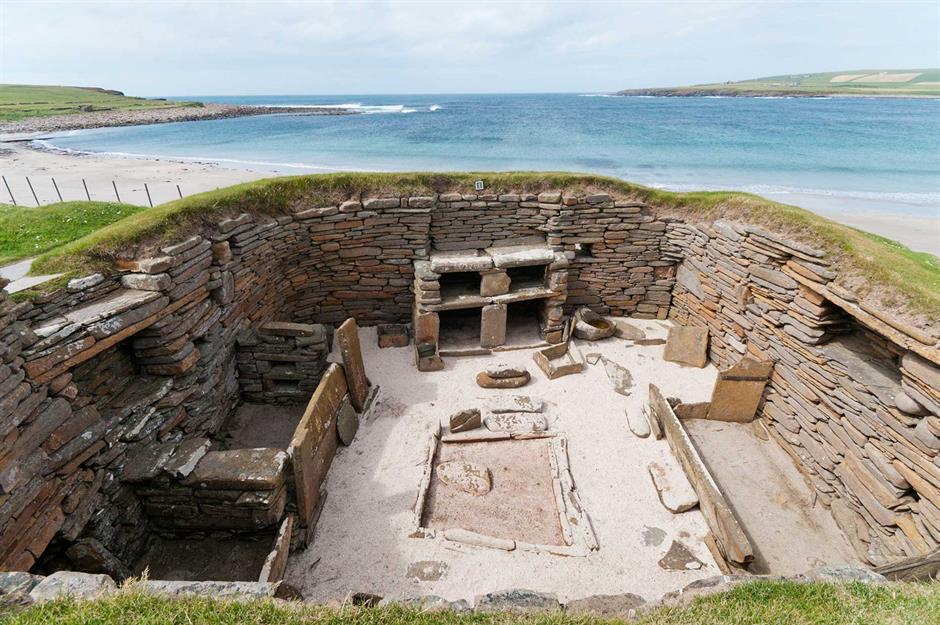
House Seven is one of Skara Brae's most important structures. It's sealed off from the public, but you can view a digital rendering here. Detached from the other houses and built atop natural sand, House Seven is believed by experts to be the oldest house at Skara Brae. Even more intriguingly, excavations revealed the bodies of two women in a stone-built grave. This grave was made before House Seven was built around it, suggesting the burial was part of some sort of foundation ritual.
House Eight at Skara Brae
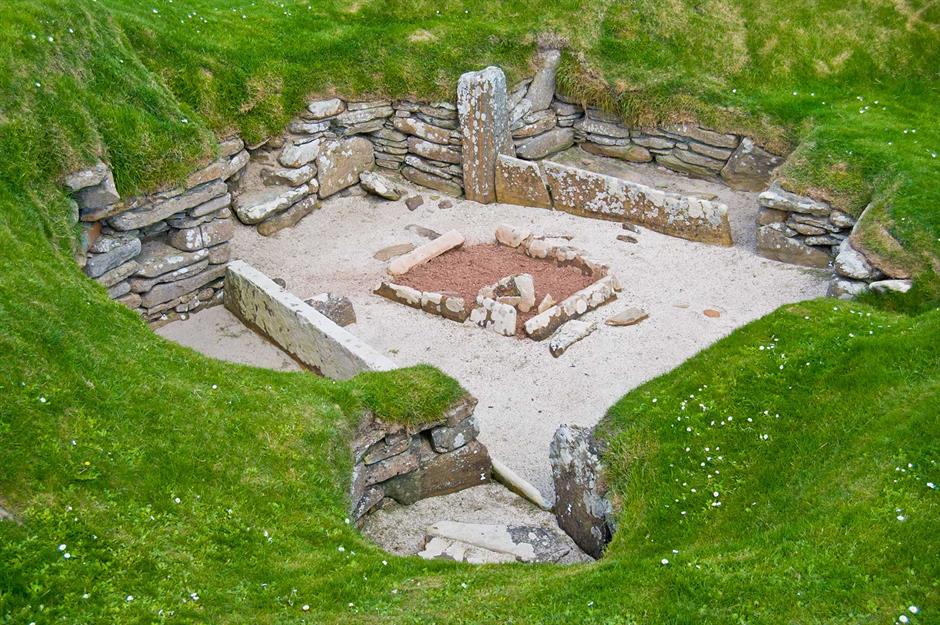
Similarly, House Eight stood apart from the rest of the settlement, leading experts to believe that the building may have been a marketplace or workshop. This theory is also supported by the lack of furniture – in place of dressers and beds were empty alcoves and recesses.
This could be the site of Atlantis, plus other lost cities around the world
The site was abandoned in 2500 BC
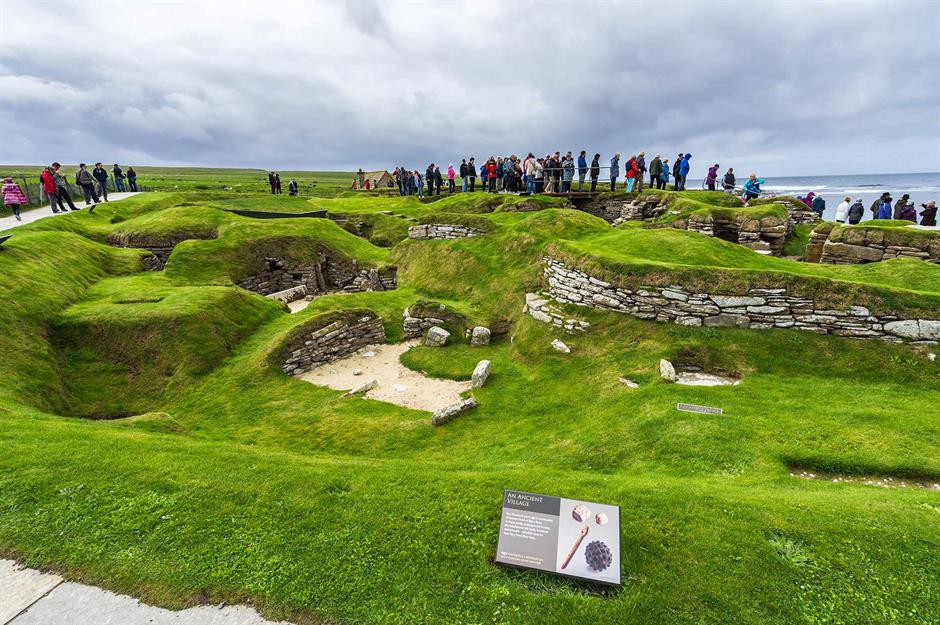
The Neolithic Grooved Ware community called Skara Brae home for some 600 years, but experts still don’t know why the site was abandoned around 2500 BC. High-status items such as jewellery were left behind, giving birth to a theory that the ancient villagers fled some kind of disaster or danger – again echoing the fate of Pompeii.
What happened to Skara Brae's residents?
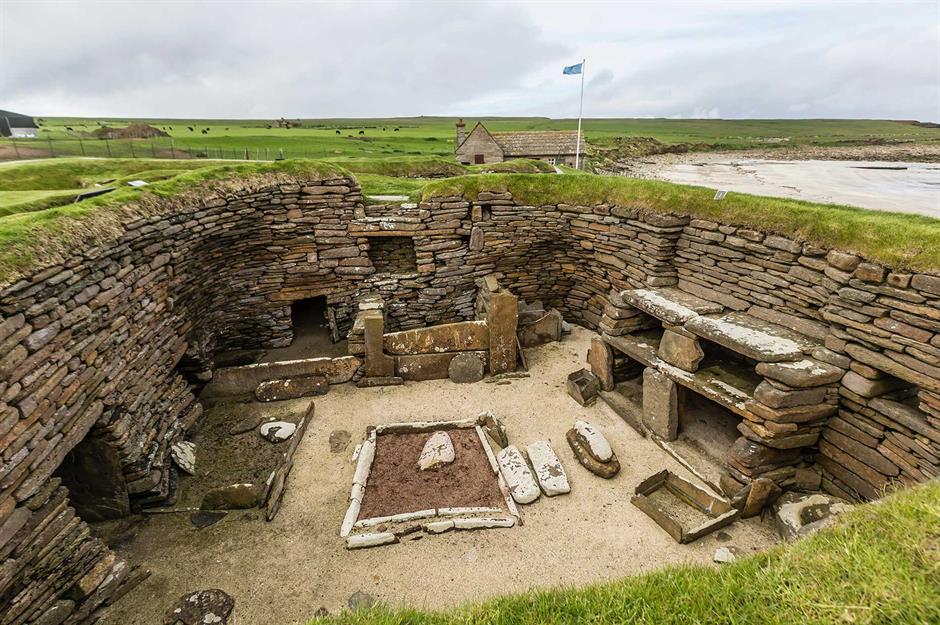
Other historians argue that a huge sandstorm swallowed the houses. But the most likely theory is that the ancient residents simply moved away from an increasingly undesirable location, causing Skara Brae to be gradually reclaimed by the dunes.
It's not the only Neolithic site on Orkney
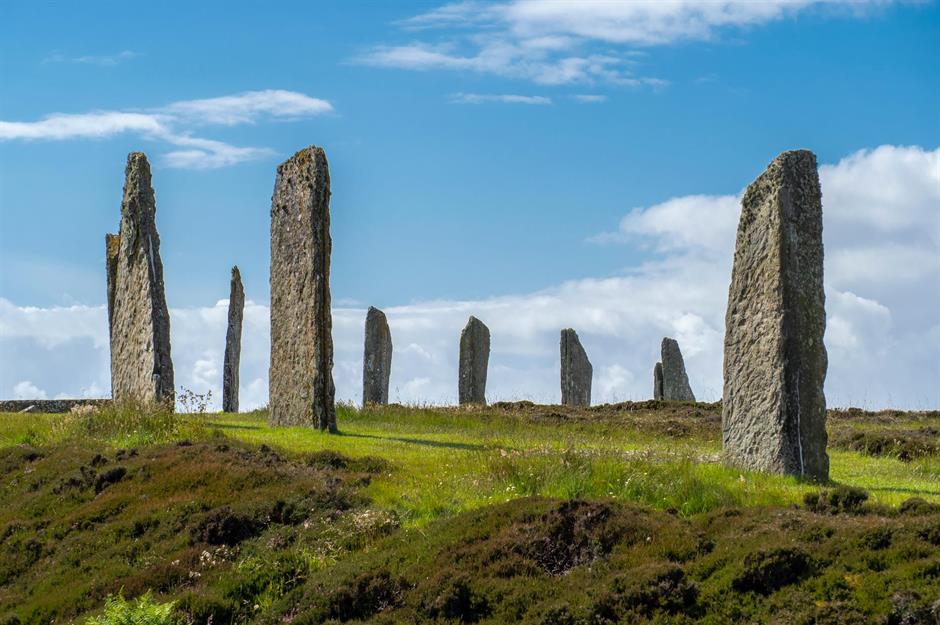
There are other notable Neolithic monuments in Orkney. The Ring of Brodgar (pictured), the Standing Stones of Stenness, the Maeshowe Cairn and Skara Brae form a broader site known as the Heart of Neolithic Orkney, and are managed by Historic Environment Scotland. Together, they are listed as a UNESCO World Heritage Site.
Read the incredible story of Tutankhamun's tomb and treasures
You can't go inside the houses
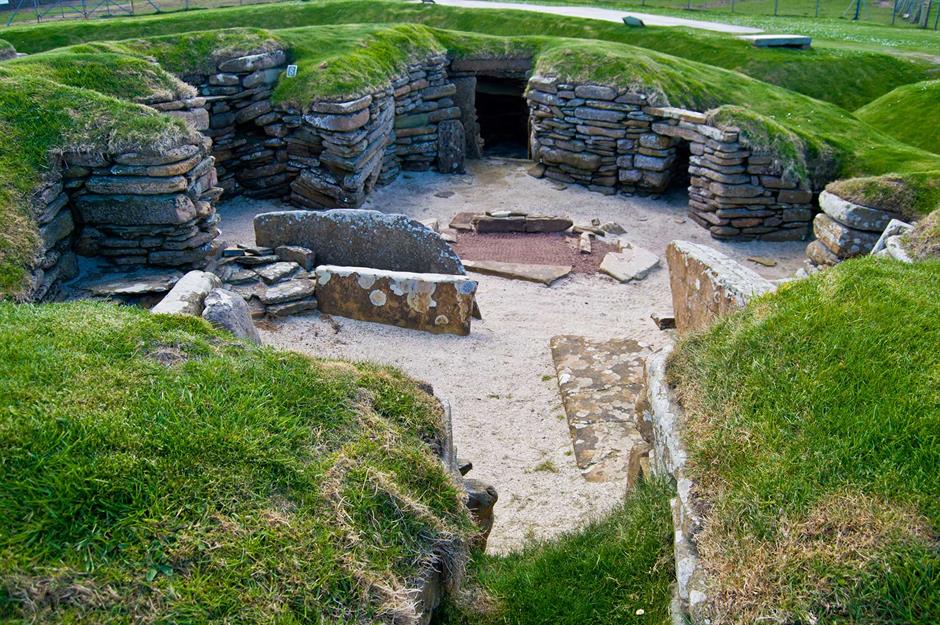
While you can't go inside the houses at Skara Brae, there's a one-way path around the site, and the visitor centre itself is designed to resemble a Neolithic house. The visitor centre displays some of Skara Brae's most fascinating artefacts, as well as interactive audiovisual installations that tell you more about its history.
The future of Skara Brae
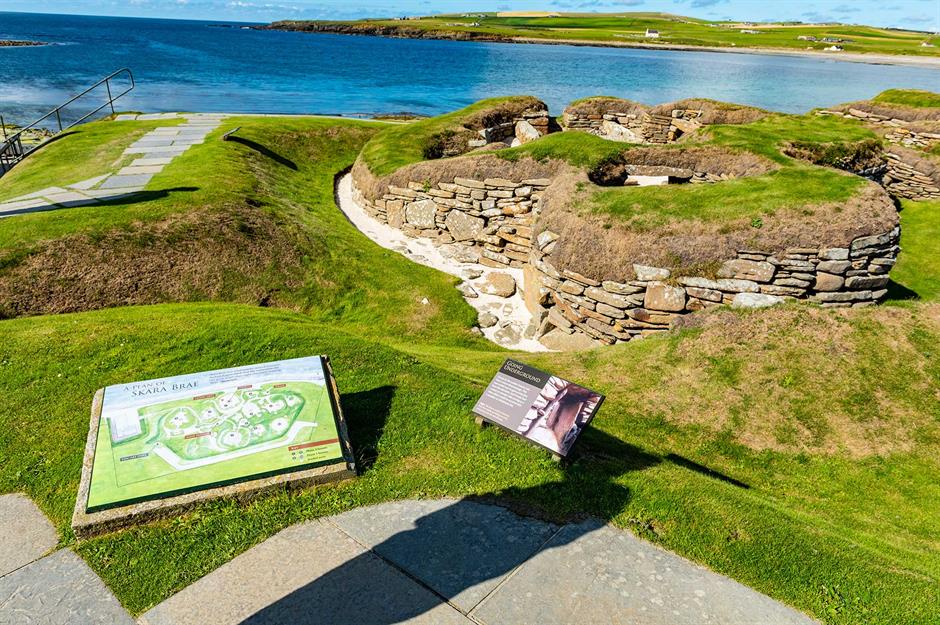
Unfortunately, with sea levels rising due to climate change, Skara Brae is at risk of being washed away. Since 2010, Skara Brae and its surrounds have been laser-scanned every two years to monitor coastal change. Any information is then relayed to management and site maintenance, as well as Scotland's national coastal mapping project, Dynamic Coast.
The site is still yielding new discoveries
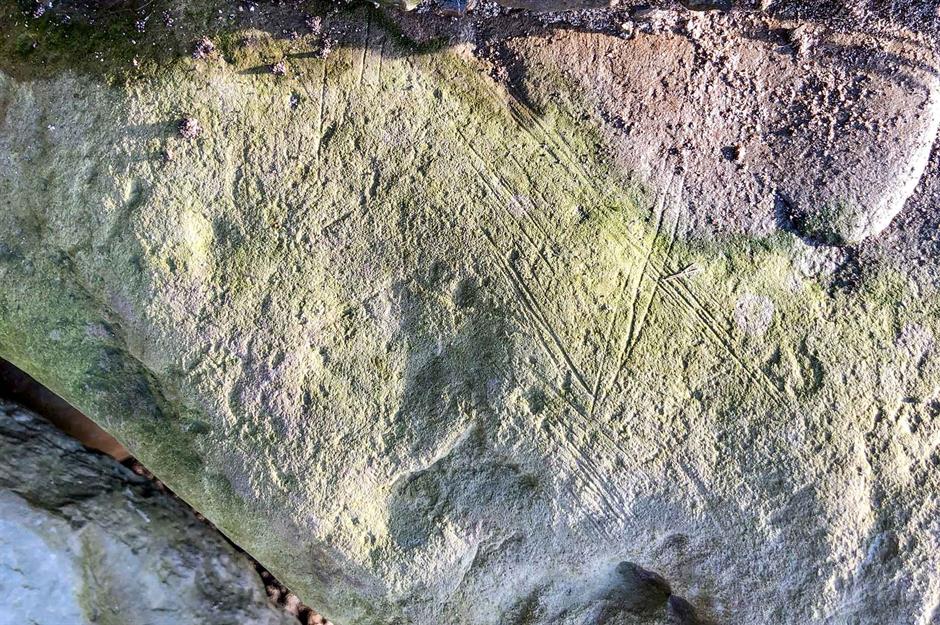
To the south of Skara Brae sits another huge mound, which some believe could be another prehistoric settlement. The large, decorated rock in this image was discovered in its vicinity in 2021. Found along the shoreline at the Bay of Skaill, the rock's upper surface features incised carvings and geometric designs which bear striking similarities to the carvings at Skara Brae, just over half a mile away.
How to visit Skara Brae

Fancy seeing this slice of Neolithic history for yourself? Skara Brae is located on Stromness in the Orkney Islands in Scotland. You can fly or take a ferry from the Scottish mainland, as well as from the Shetland Islands. From April 2023, the Scottish regional airline Loganair will commence flights between London City Airport and Kirkwall Airport, opening Orkney's first direct service with London.
Comments
Be the first to comment
Do you want to comment on this article? You need to be signed in for this feature